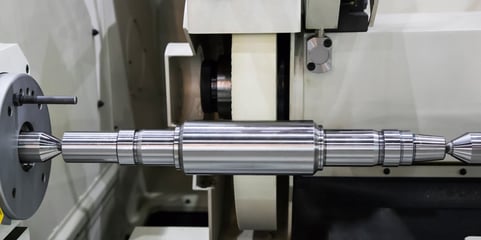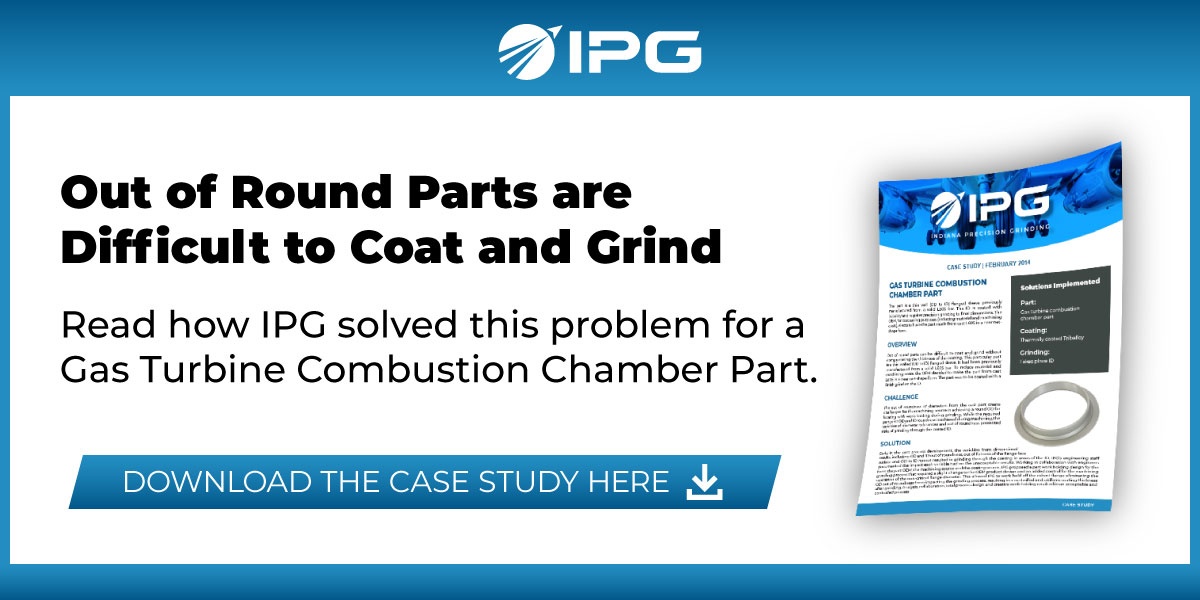What is Plunge Grinding?
There are so many grinding techniques we need to know in order to stay competitive and viable grinding partners for our customers. We pride ourselves on our expertise with a variety of grinding processes and while we've written about a wide variety of them in the past, today, we want to discuss the plunge grinding process and how it can improve your metalworking projects.
Ten Centerless Grinding Facts that may Surprise You
The first thing to know about plunge grinding—sometimes known as in-feed grinding—contrasts from through-feed grinding in that the latter pulls the workpiece past the grinding wheels, while in plunge grinding, the workpiece is held between a chuck and a lathe and a grinding wheel is introduced for a thorough grind even for small part diameters. In fact, plunge grinding is ideal for workpieces which are unsuited for through-feed grinding due to their design. An example of this would be a part with many different outer diameters.
So, how does it work? The plunge grinding process uses a three-point positioning method. This allows us to grind even the smallest diameters with the grind length entirely supported. Extreme grinding for complex parts is possible because of the support provided by this triangular arrangement. The three-point structure of the workpiece, between the regulating wheel, work blade, and the grinding wheel, the operation can achieve high levels of dimensional accuracy and any concentricity needed. See, unlike traditional centerless grinding, which evenly grinds the entire length of the workpiece, plunge grinding focuses its grinding efforts on a very particular, local location on the part rather than the whole outer diameter (OD).
How does the process itself work? The workpiece is held by a tailstock at one end and the other is clamped and rotated in a chuck. The grinding wheel then comes down—literally plunging into the workpiece—to grind and regenerate the workpiece's surface. Again, this process is great for grinding small parts with complex geometries that need to have very particular shaping.

Plunge Grinding is ideal for OD cylindrical grinding jobs with multiple diameters.
The different processes involved in plunge grinding happen within a single pass with an automated program. Today's grinders have the ability to grind multiple diameters in complex parts of different sizes in only one plunge. The plunge grinding process comes in when we need to grind extremely complex parts, especially for machining automotive parts and components.
Plunge grinding is an ideal solution for manufacturers who need particular aspects of small parts refinished and deburred. Because of the specialized techniques of plunge grinding, we are able to achieve that next level of performance metalworkers, assembly, and, ultimately, end-users need. So, if you're ready to make your small parts just a little bit better, the team at Indiana Precision Grinding is ready to help.










